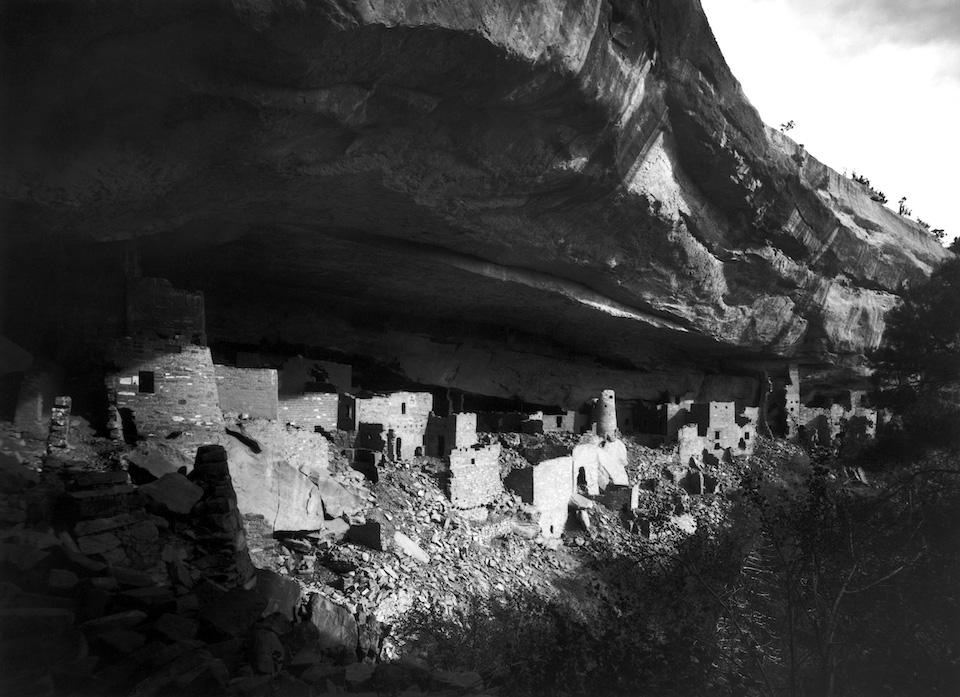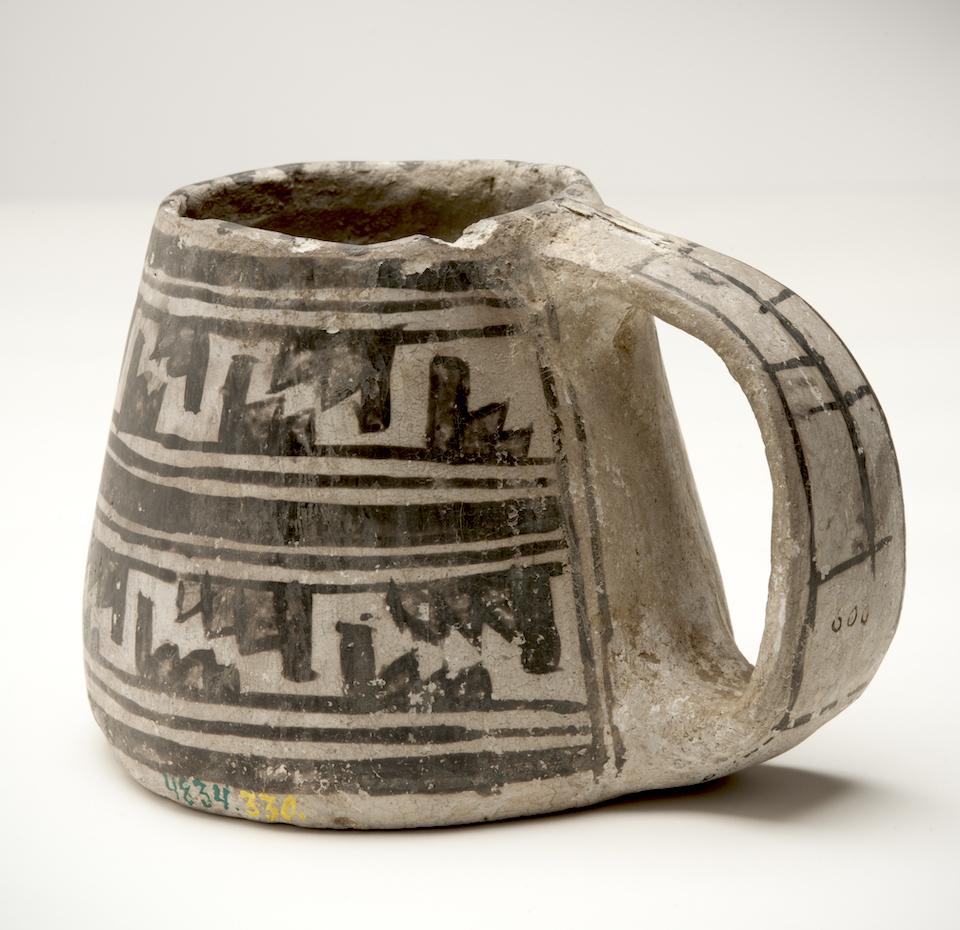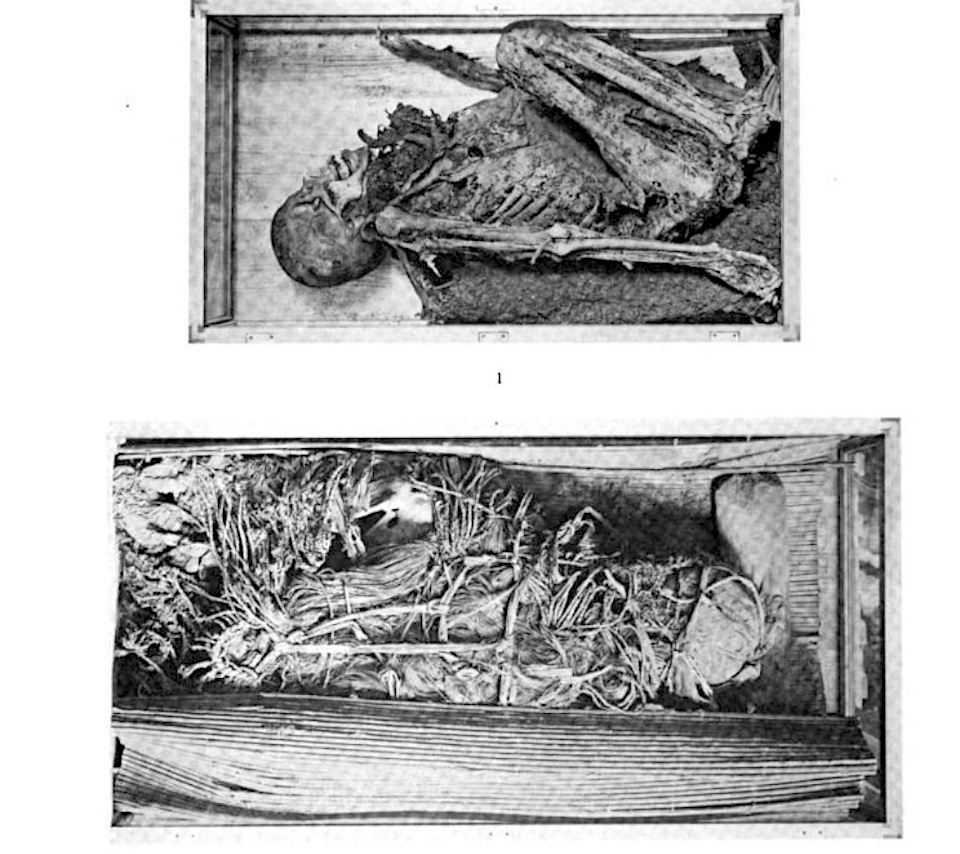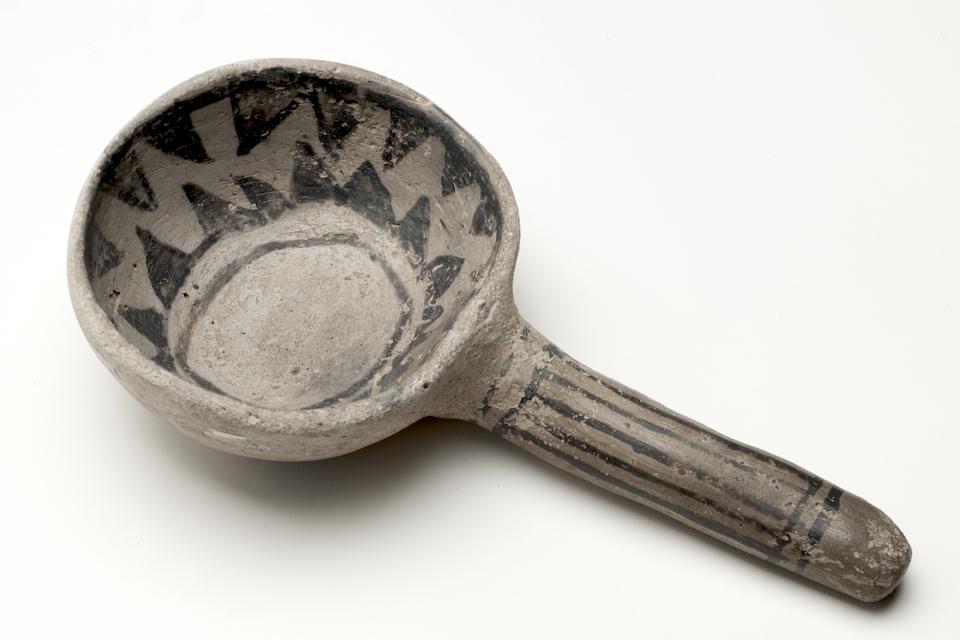
Cliff Palace at Mesa Verde, as it appeared to Gustaf Nordenskiöld in 1891/Gustaf Nordenskiöld
Young Gustaf Nordenskiöld was driven by scientific curiosity, and those who watched him at work professed to the care he took in the field. When he arrived at Mesa Verde in southwestern Colorado in 1891, he not only performed some groundbreaking work in studying the cliff dwellings that later would become the hallmark of Mesa Verde National Park, but he also took hundreds of artifacts back home to Europe with him, where they reside at the National Museum of Finland.
Nordenskiöld was on a worldwide trip he had hoped would cure his tuberculosis when he reached Denver early that year. Upon seeing a collection of items taken from the Mesa Verde region, he headed to Durango, where he found room and board with a local ranching family, the Wetherills.
Richard Wetherill and his brother-in-law, Charles Mason, had stumbled upon the cliff dwellings in December 1888. Three years later they and others guided Nordenskiöld to Mesa Verde and worked alongside him as he studied the architecture, artifacts, and mummified remains. The 23-year-old Swede, amazed at what he found, rather meticulously documented the site, remains, and artifacts with sketches, photographs, excavations, and copious notes.
"The ruins within the caves, the cliff-dwellings or rather cliff towns, are in several respects the most remarkable," he wrote in a book, The Cliff Dwellers of the Mesa Verde, published in 1893. "Throughout the entire length of Mancos Cañon and in all its subdivisions fortress-like buildings have been erected of hewn blocks of sandstone on narrow ledges, often high up the cliffs in almost inaccessible situations.
"These structures, in consequence of their position under a sheltering value of rock, are very well preserved, though they have been abandoned by their inhabitants for several centuries, so long that no tradition of them survives amongst the Ute Indians who lead a nomadic life in the neighbourhoud (sic)."

This mug possibly came from Step House. In Nordenskiöld's book, he pictured a mug like this that was taken from a grave found in Step House/National Museum of Finland
In his book, the young Swede speculated how long the dwellings stood, and how long they stood vacant.
"We are not in possession of any facts that might entitle us to draw any conclusions respecting the date of the Pueblo tribes' ascendancy," he wrote. "It was probaby several centuries earlier than the first visit of the Spaniards to their country. To judge by the present condition of most of the ruins, no very long periods can have elapsed since their erection.
"It is, however, certain that, even at the time of Coronado's expedition (1540s), many tracts were deserted which had supported a numerous agricultural population," Nordenskiöld went on.
As was common practice at the time, Nordenskiöld packed hundreds of artifacts to be shipped back home to Sweden. He carted off mummified remains, bowls, ladles, baskets, pots, mugs, corn cobs, woven sandals, mats, snowshoes he said were made from branches and yucca leaves, pouches (including one filled with salt), various tools, arrows, metates and much, much more.
But getting all these remains and items back to Sweden wasn't easily done. He was arrested for theft, and it took a month before a court ruled he hadn't broken any law and could take the artifacts. That led to an artifact rush on the Southwest that saw many items spirited away. It was a grand theft of archaeological sites that continues today.
"The collection of artifacts and human remains by Gustaf Nordenskiöld and others played an important role in the signing of the 1906 Antiquities Act (signed June 8 by President Theodore Roosevelt), protecting cultural resources, and the establishment of Mesa Verde National Park (June 29, 1906)," said Cristy Brown, the park's public information officer.
The Swede never lived to see passage of The Antiquities Act nor creation of the national park. His health deteriorated, and he died on June 6, 1895, just 27.
Last week the United States and Finland, after a negotiation process that started in 2016, jointly announced the return of remains and a small number of items to native cultures that long have called the Mesa Verde region home.
"The part of the collection that will be returned includes the remains of 20 individuals and 28 funerary objects," said Brown. "The U.S. Department of State and representatives of the Hopi Tribe, Pueblo of Acoma, Pueblo of Zia, and the Pueblo of Zuni (the repatriating tribes) worked together to request the return of the remains and items.

Some of the remains Gustaff Nordenskiöld took from Step House at Mesa Verde in 1891/Gustaff Nordenskiöld
"Once the remains and items are returned to the United States, then the park will work with the repatriating tribes to return to and rebury the remains and items in the park," said Brown. " The repatriating tribes are the leaders of this effort, but we are proud to be able to fulfill our role when the time comes."
According to Interior Department staff, there are 26 federally recognized American Indian tribes that have become traditionally associated with the park:
* Hopi Tribe in Arizona
* The 19 Pueblos of New Mexico (Acoma, Cochiti, Isleta, Jemez, Kewa, Laguna, Nambe, Ohkay Owingeh, Picuris, Pojoaque, San Felipe, San Ildefonso, Santa Ana, Santa Clara, Sandia, Taos, Tesuque, Zia and Zuni)
* Ysleta del Sur Pueblo in Texas
* Navajo Nation in Arizona, New Mexico and Utah
* The Southern Ute Tribe and Ute Mountain Ute Tribe in Colorado
* The Mescalero Apache Tribe and Jicarilla Apache Tribe in New Mexico
The National Museum of Finland, in announcing the agreement, said most of the 600 items Nordenskiöld took would remain at the museum.
"The items, which are estimated to date back to the 13th century, were originally extracted from the graves of roughly 20 Pueblo Indians. In addition to human bones and mummies, goods found in the graves will be returned," a release on the museum's website said. "The artifacts and remains are of particular importance to the descendants of North American Indian tribes. The remainder of the Mesa Verde collection consisting of some 600 items will remain in the possession of the National Museum of Finland."
An email to the museum staff on Friday concerning the repatriation was not immediately answered.

Ladle taken from Mesa Verde by Gustaff Nordenskiöld in 1891/National Museum of Finland



Comments
Hmmm... anyone ever heard of Machu Pichu and Hiriam Bingham?
Perfectly stated. I absolutely agree. We have taken the lives of the original People here, claimed every resource, and continue to take and do as we and our ancestors please.
What would be your long-term reaction to finding your family graveyard violated. Violated in the worst sense, desecrated, or is that even comprehensible? But then, if you're an archaeologist that makes it permissible, correct? So if he had been a scholar, as opposed to a civilian, we would be having this conversation, correct? Are we satisfied?
So glad to learn of the return of the return of our native people. My mom just died at age 100 and am sure her spirit is overjoyed as well. Saw it on https://youtu.be/fDqcsSLCKg8 . Hope to
one day visit Mesa Verde Natl Park.
True, but this is not about the "U.S.". This is about the Indigenous Native Tribes whose ancestors lived there. Those tribes do not have museums of U.S. Artifacts, or any Finnish artifacts that they could return. They just want the items that were buried with thier ancestors returned back.